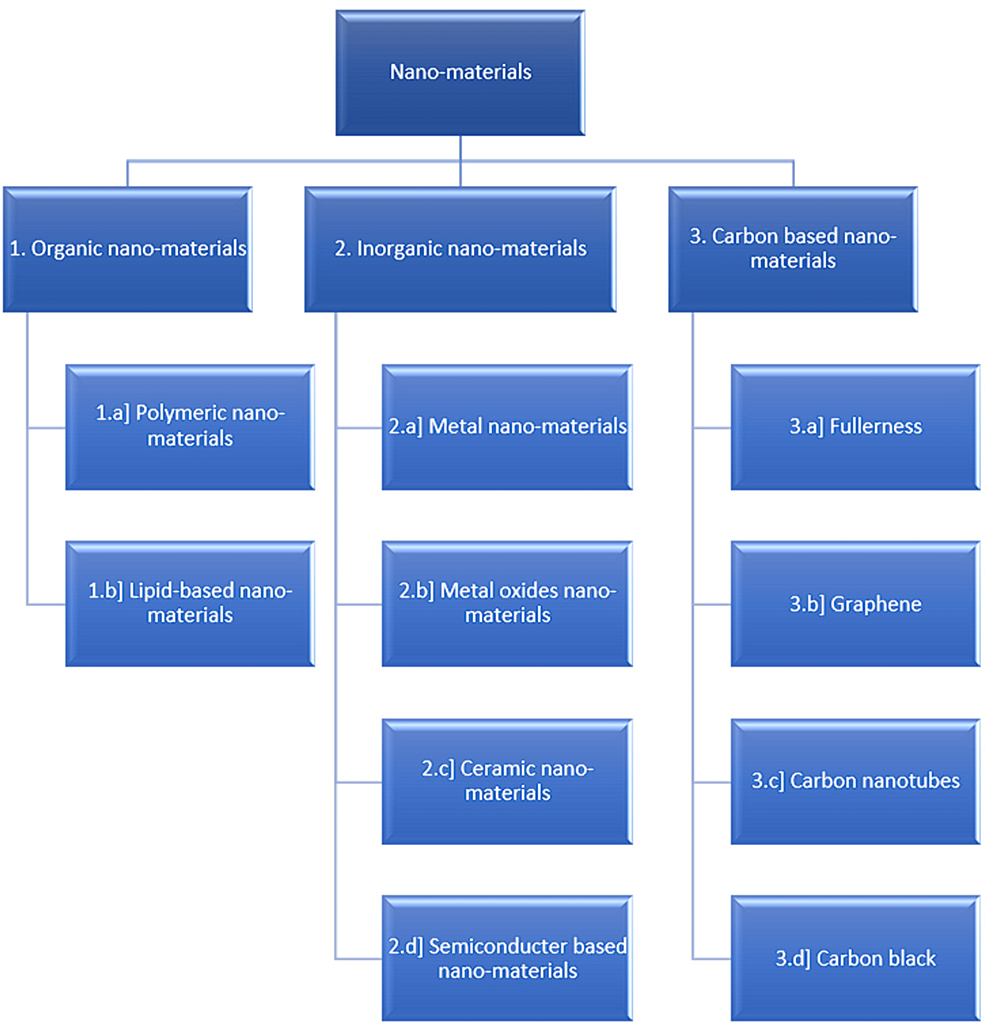Application of Nanomaterials in Restorative Dentistry Leave a comment

Dental composite resins are widely popular restoratives, as, when using these tools to restore the tooth, only the infected and affected carious structures are removed. This allows the patient to retain a greater quantity of their natural tooth structure than they would have using conventional principles of cavity preparation. Nanomaterials are a new concept concerning the manipulation of materials on an atomic or molecular level. However, on a nanoscale, the chemical, biological, and physical properties of an atom vary compared to the properties of its naturally occurring compound form. The main idea of shifting focus to the inclusion of nanomaterials is to aid in the detection, treatment, and prevention of the recurrence of a pathology (secondary caries). The primary aim of using nanomaterials in composites is to augment their strength, wear resistance, and microhardness. This usage also reduces polymerization shrinkage. Nanomaterials are capable of enhancing mechanical properties, life, and bond strength between dentin and restoration. This review aims to highlight different research studies and experiments that have been conducted on the use of nanomaterials in restorative dentistry in order to understand the versatility of these materials and their viability in practice.
Source


